Driving an automatic or manual motorhome- which is better?
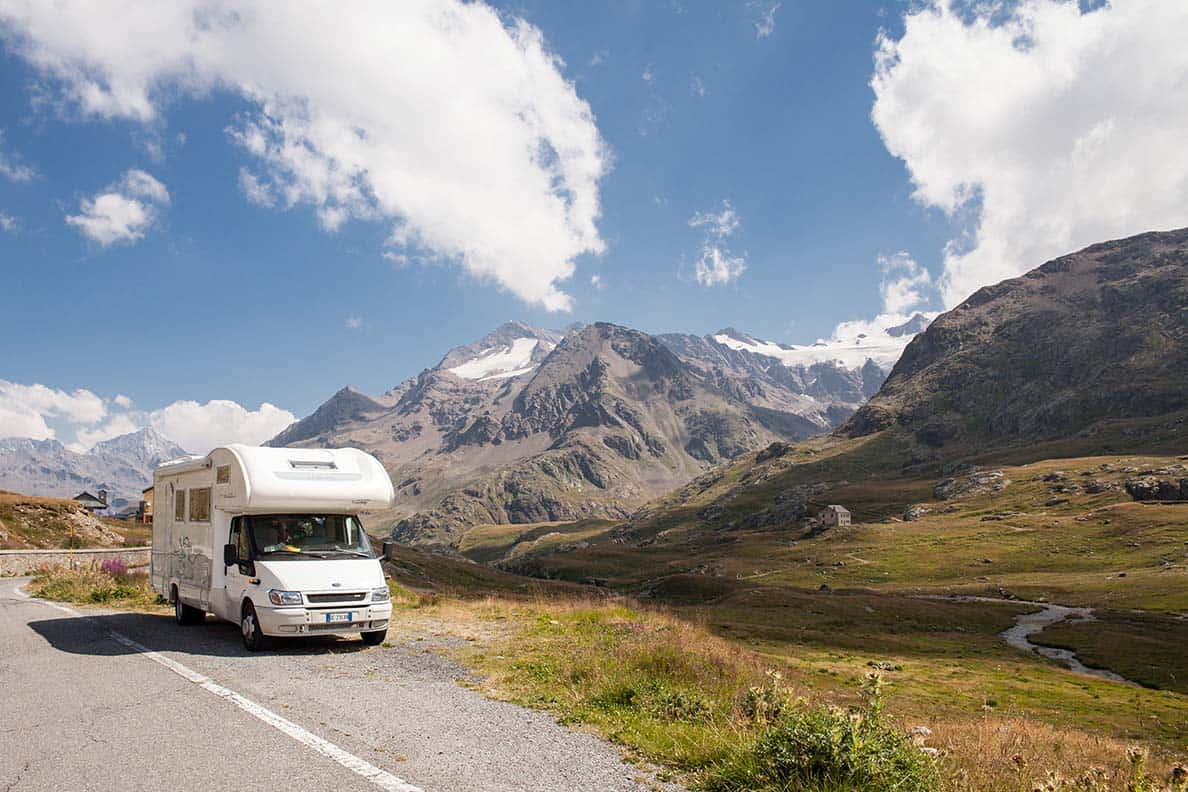
Thinking of buying or renting a motorhome? Unsure whether an automatic or manual motorhome is better? Here’s what you need to know
Buying a motorhome or campervan is hard enough… but then you discover there are automatic options for gearboxes. And things get just that little bit more complicated.
Today, we’ll look at manual vs automatic motorhomes, and which one might be better for YOU.
JUMP AHEAD TO...
Automatic or Manual Motorhome?
As with everything about choosing a motorhome, whether you go for an automatic or a manual mode is personal preference.
However, there are a few key things which might help you choose which type is best for yot.
For us, we do 2 very specific things when we’re touring Europe in a motorhome:
- we tow motorbikes on a trailer
- we travel to the mountains. A lot.
For both of these reasons, we prefer the safety of having proper gears so we can control our engine breaking (which proved lifesaving when our brakes failed on our motorhome!)
Having said that, automatic gearboxes are constantly evolving and improving, so modern vehicles can easily do both of those things- and more!
If you’re renting a motorhome or looking for one to buy, here’s the current information you need to know.
*We work hard to make this the best motorhome travel blog and road trip website possible, full of helpful content for you. The website is supported by our readers, so if you buy through links on this site we may earn a commission- at no extra cost to you. All opinions remain our own.
If you find this post useful, you can also treat us to a coffee – we promise to enjoy it while creating more useful content like this- we might even indulge in a biscuit (or two!)
Watch video of manual vs automatic motorhomes
Want to watch the video instead of reading? Here you go:
Types of Automatic gearboxes for motorhomes or vans
There are 4 main types you’re likely to come across when looking at automatic motorhomes or campervans,
Torque converter automatic
This model has 2 main parts- a torque converter and a gearbox. Like a manual gearbox, an automatic also has separate sets of gears to vary the ratios, but how the gears change is different.
This technology has been around since the 1930s and is fairly reliable. In (very simple because I’m not a mechanic) terms, the torque converter is a large, fluid-filled drum connected to a series of channels. At high speeds, the fluid is forced into different channels.
The automatic gearbox is connected to the engine via the fluid-filled torque converter, making it gentler on the drivetrain and can shift gears almost imperceptibly.
Torque converter automatics are designed to ‘creep’ forwards when you have both feet off the pedals. In traffic, you simply need to ease off the brake to move forward.
Torque converter automatics will generally also hold the vehicle in place on a hill– sometimes needing a little throttle on steeper slopes – to prevent rolling backwards.
This is one of the biggest upsides to an automatic gearbox- no more hillstarts and it’s much kinder to knees and legs in heavy traffic.
CVT – Continuously variable transmissions
These were used in early sawmills and on motorbikes from the 1910s onwards. They have also been used in cars, aircraft and scooters.
Rather than using gears, CVT uses two pairs of cones linked by a belt. If the cones get closer, the belt is raised, lowering the gearing.
CVT-equipped vehicles can feel odd to drive as the engine revs are not directly related to the speed of the vehicle and they’re not a very popular method for automatic motorhomes.
Automated manual
Also known as – DSG, SMG, ASG, ETG, semi-automatic, electro-hydraulic shifting, power shift, etc.
These use friction plates and a hydraulic or electronic actuator. You can also get a twin-clutch version for smoother and faster gear shifts (sometimes called dual-clutch automatics.)
The dual-clutch versions can give fast gear shifts and are just as efficient on fuel as a manual gearbox. The downside is that they will need replacement clutch plates and they can be more expensive to maintain.
Be sure to check if the vehicle is in or out of manufacturer warranty before you buy and either buy with care or take out an extended warranty.
Some modern CVT and automated manual gearboxes do feature a level of creep (like the torque converter) and can also hold the vehicle on a hill start (sometimes using a ‘hill-hold braking systems’) but it’s definitely something to ask when you’re looking.
Robotised manual
This is a converted manual gearbox, rather than a gearbox that was always designed to be automatic. Electro-hydraulic controls integrate with a computer to take over the clutch and gearshift.
As with a manual gearbox, they use gears and a single clutch plate. Examples include Fiat’s previous Comfort-Matic system and the Renault QuickShift.
Pros of a robotised manual are that they can be as fuel efficient as a manual gearbox and don’t weigh much more (important for your motorhome payload.)
The downside is that they can require a slightly different driving technique to make sure the ride isn’t ‘jerky’.
Are Automatic Motorhomes easier to drive?
I LOVE automatic cars. They. Are. Easy. Driving them is a pleasure. Driving an automatic motorhome is the same- especially if you do a lot of motorway miles.
So yes, an automatic motorhome is probably easier to drive in terms of comfort- for any drivers with mobility or leg issues, it can make a huge difference. For any driver, not having to use the clutch in heavy stop/start traffic is a real bonus- especially if hills are involved!
In the past, automatic gearboxes had less gears than manual gearboxes and tended to jerk when changing, but this isn’t the case with modern vans. Now, just like with an automatic car, they change gears without you noticing.
Kickdown
All automatic gearboxes have some form of kickdown (when the driver’s foot is hard down on the throttle, causing the gearbox to change down a gear, providing a burst of acceleration.) This is useful for overtaking or when climbing a hill.
Manual gear selection
All automatics have some way to manually select the gear – either by moving the gearlever to a specific position or by using paddles behind the steering wheel. This is also useful to move between gears without needing to use the clutch.
This can be useful when descending a steep hill so you can control the speed by using engine braking or when a higher gear is needed (to reduce wheelspin.)
Other posts you might find useful:
- 10 essential questions to ask when choosing your motorhome or campervan
- Driving a motorhome- tips and tricks for beginners
- Motorhome or campervan- which is right for you?
- Motorhome security- essential things to know
- Left-hand or right-hand drive; which is better for Europe?
Buying a motorhome? Grab our step-by-step guide to getting it right
Towing with an automatic
In the past, automatic gearboxes have not been able to tow the same capacity as their manual equivalent, so check to see what the maximum towing limit is. Don’t forget, manufacturers may need to decrease the maximum towing limit due to other considerations, such as the increased weight of an automatic gearbox.
That said, on the new torque converter auto on the Fiat Ducato, the towing weight is identical to the manual gearbox. With the additional gears (9 instead of 6), the automatic version should be able to tow without a problem.
See our full motorhome towing guide here
Are Automatic motorhomes fuel efficient?
It used to be the case that automatic motorhomes or campers were less fuel-efficient than manual ones (due to the fewer number of gears). And in older models, that’s probably still true. But newer automatic motorhomes and campers can have up to 8-speed gearboxes, so they’re a lot more efficient than they used to be.
How reliable are automatic gearboxes?
Reliability of automatic gearboxes is similar to that of manual gearboxes and they should last just as long.
The ‘robotised’ manual gearboxes, such as Fiat’s previous automatic gearbox Ducato model, the Comfort-Matic, may need replacement clutches from time to time, but not as frequently as a regular manual gearbox.
Also, automatic vehicles tend to wear out front brake discs more frequently than manual vehicles.
Are automatic motorhomes covered by insurance?
Yep. In fact, they’re often deemed to be a safer risk than manual gearboxes by many insurance companies, so you might get your motorhome insurance even cheaper.
Downsides to Automatic motorhome gearboxes
There are a couple of downsides to automatic gearboxes:
Cost
The biggest downside to buying a motorhome or campervan with an automatic gearbox is the initial cost- just like with cars, they are considerably more expensive.
Maintenance
Generally, automatic gearboxes have minimal maintenance – perhaps just an oil change on a torque converter model (if they’re not sealed).
Traditionally, many autos were “sealed for life” and didn’t come with servicing instructions – even though they had a built-in oil filter. If the oil becomes contaminated, it’s usually because there’s an issue.
However, here is the problem. If you have an issue- only a main dealer or automatic gearbox specialist will be able to fix it– few local garages have the equipment or capability to rebuild an automatic. This can be an issue if you’re travelling overseas with your vehicle.
It’s suggested that the gearbox oil and filter is renewed on every third service (which is roughly 60,000 miles on an average van doing 18-20,000 miles a year.
Which manufacturers do Automatic gearboxes?
Fiat ZF automatic
The Fiat Ducato base is the biggest on the motorhome market, and Fiat now have a new torque converter automatic gearbox option.
You can expect to pay around an extra £4,500 as an option on the 140bhp, 160bhp and 180bhp engines. It’s not currently offered on the 120bhp base engine so you would need to upgrade to the 140hp.
The gearbox has nine forward gears and three driving modes – Normal, Power (designed for fully laden vehicles or when ascending a hill) and Eco. You can also shift manually or hold it in a certain gear, which can be useful in slippery conditions or when descending hills.
Other manufacturers which offer automatics include Nissan, Mercedes, Renault, Ford and VW, but others are being introduced regularly.
Converting a manual to an automatic
You can convert a manual motorhome to an automatic and fit an automatic gearbox, but there have been a lot of problems reported with doing this.
To do it properly requires the wiring loom and ECU replacing, as well as the dashboard, gear-lever and all the associated linkages and cables. It’s not an easy or cheap option. It also means your vehicle is now ‘modified’, making it harder (and more expensive) to insure and harder to sell your motorhome afterwards..
On modern vehicles, you could look at having an automatic clutch pedal fitted. This costs around £2,000 and converts the clutch to be triggered via a button on the gear knob. It won’t change gears for you automatically, but does mean you don’t need to use your leg to push the clutch pedal. Other drivers can still choose to use the clutch pedal as normal, and you need to maintain the gearbox as a manual gearbox.
Tips for driving an automatic motorhome
There are a few important things to know about driving an automatic gearbox.
- Only change from drive ‘D’ to park ‘P’ or reverse ‘R’ when the vehicle is completely stationary. You’ll wear out the clutch if you do it while moving.
- Always select drive ‘D’ before applying power.
- Not all automatic vehicles can be towed and gearbox damage will occur if they’re flat towed. Be sure to check in your vehicle handbook.
All automatics require you to be more sensitive with the throttle than you would be with a manual gearbox.
Also, if its your first automatic vehicle, it’s VERY easy to confuse the brake pedal for the clutch (which isn’t there). Learn to drive with just one foot, keeping your other well out of the way to avoid pressing the accelerator and the brake at the same time!
The verdict on automatic gearboxes
As mentioned at the beginning, it’s totally a personal choice, but there are some huge benefits to automatic gearboxes. A lot of it will depend on what sort of motorhome holidays you want to have. If you think it might be for you, head to your local dealer and ask for a test drive and see what you think!
Next steps
If you’d like some more help figuring out what vehicle to get (and how to buy the RIGHT one for you), grab a copy of our Complete Beginners guide to Motorhome Buying here– a course of videos, downloadable eBook and worksheets to help you make the BEST decision for YOU!
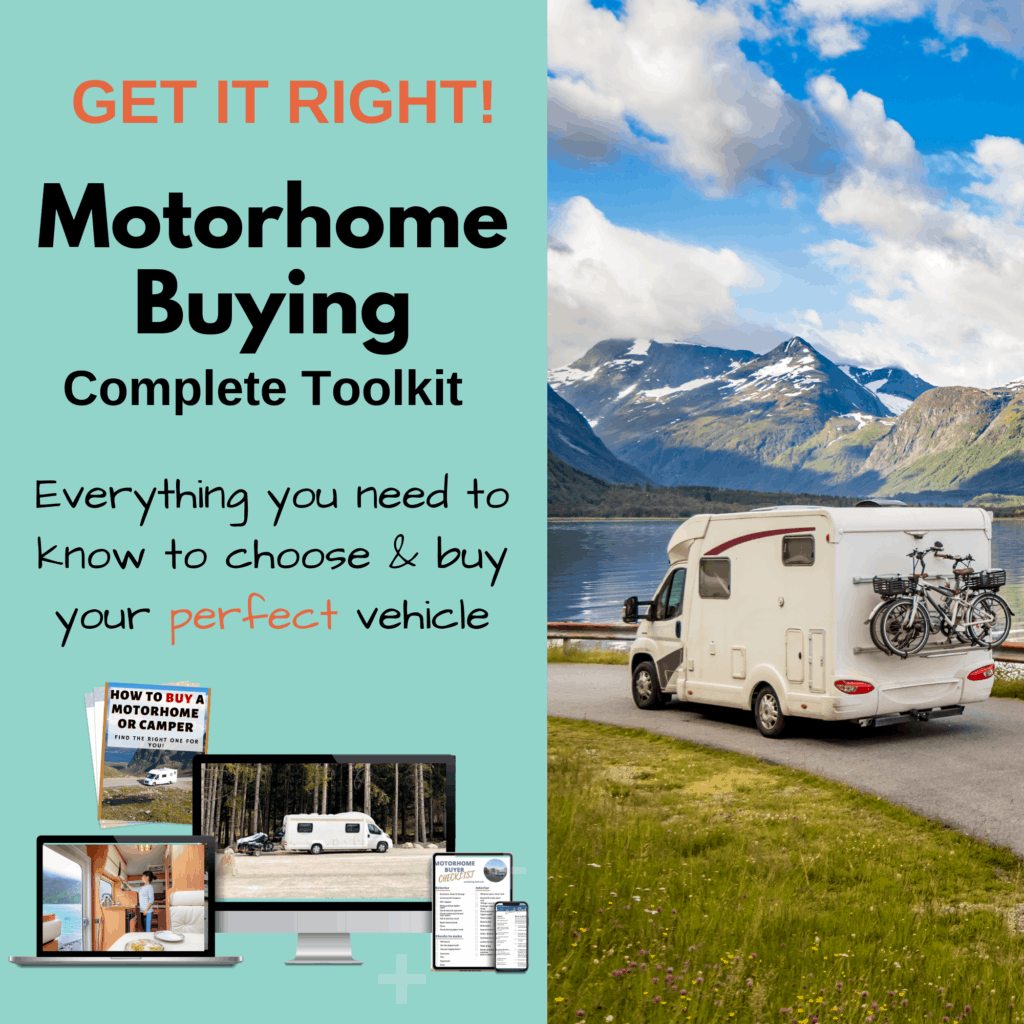
More things to help you move forwards:
FREE Checklist


Kat never planned to buy a motorhome. She also never planned to quit her job as an air traffic controller, go touring around Europe in said motorhome, start one of the UK’s largest motorhome travel websites… or get a cocker spaniel.
Find out how she went from stuck in the rat race to being a digital nomad and inspiring thousands of people to have their own epic adventures here.
If you’d like to connect with Kat, send her an email or follow her adventures on social media.
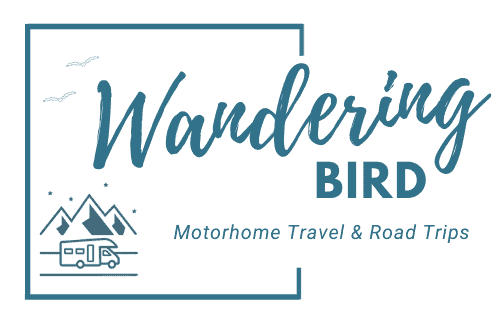

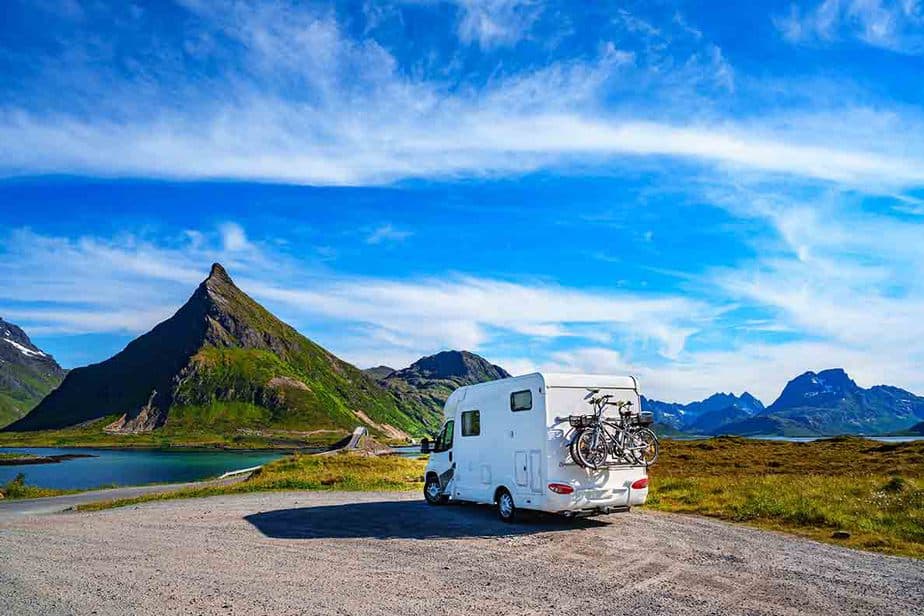
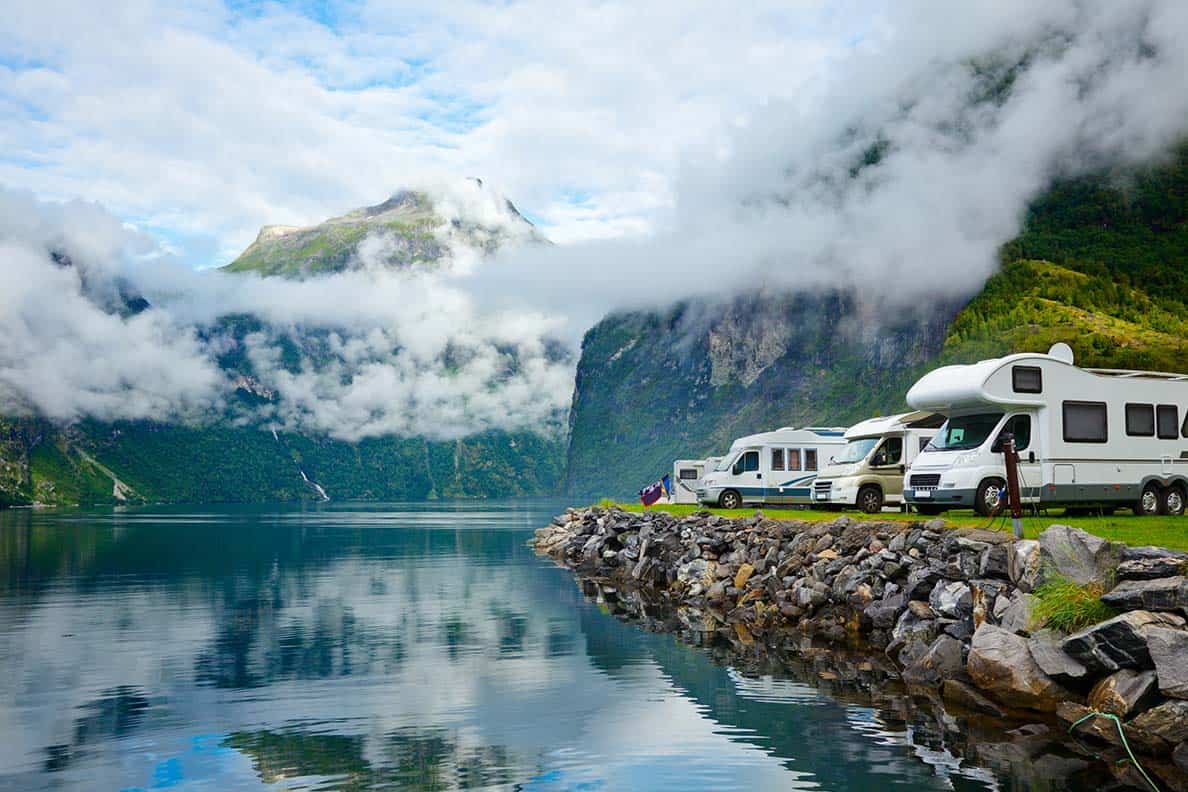
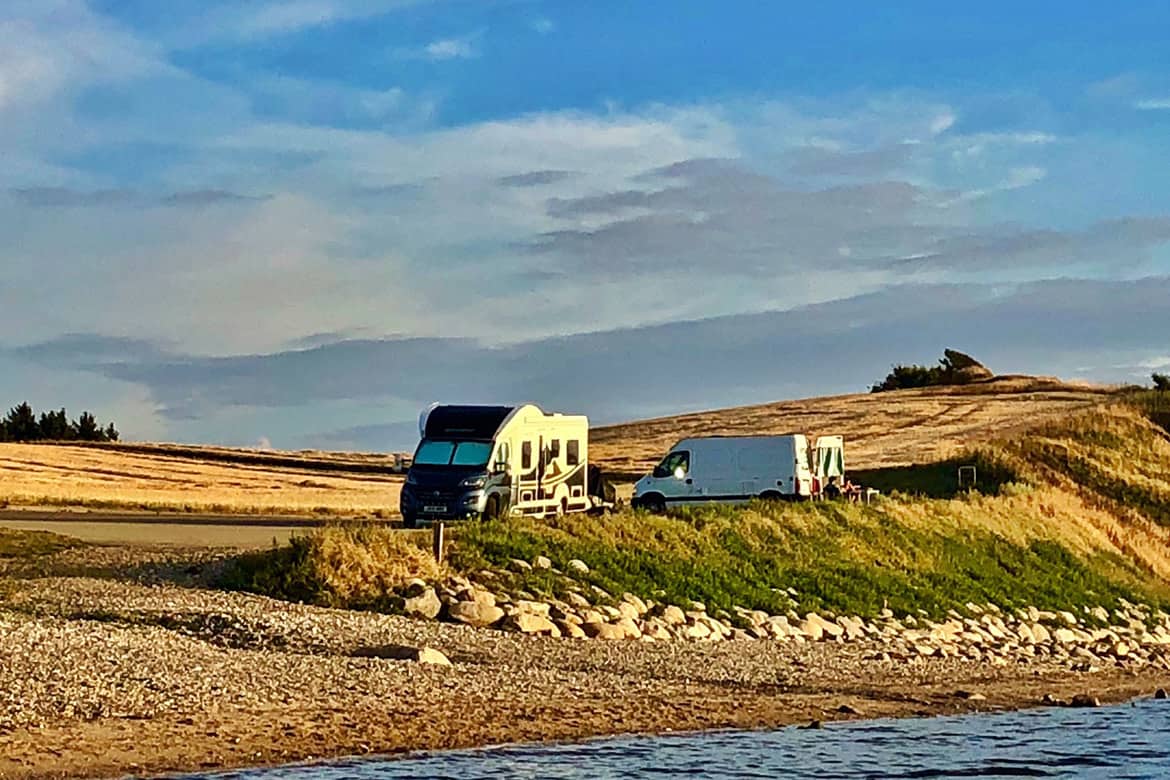
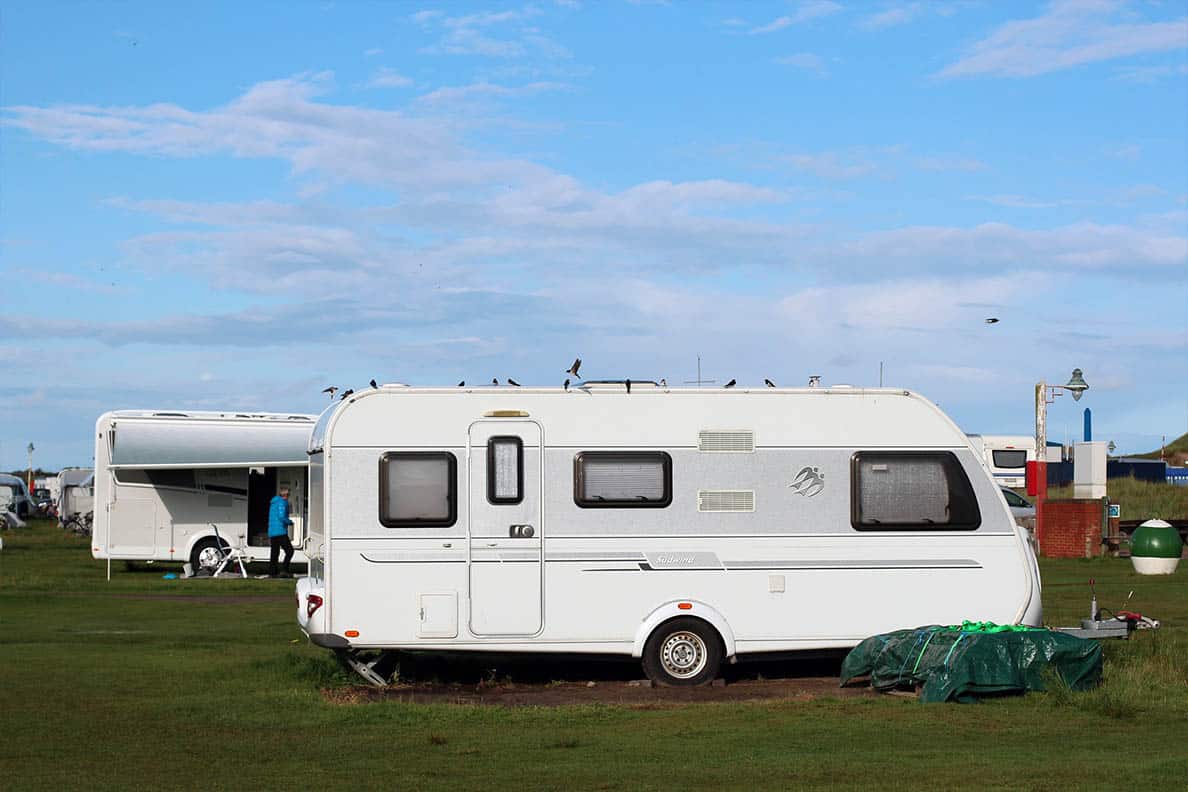
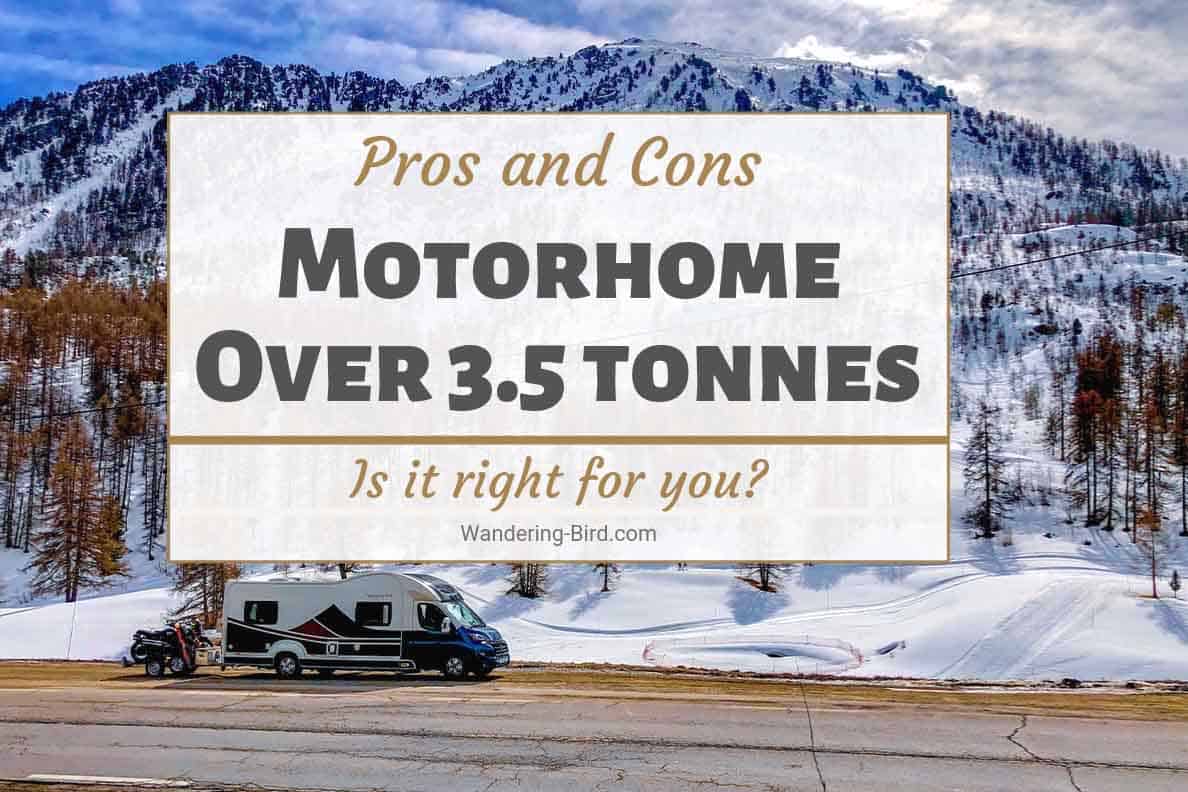
I have just moved to a Carthago C Line with the new Fiat 9 speed box. I have auto cars so it was the right move for me having had manual Carthago ones before. I can highly recommend it
If you normally drive a right hand drive vehicle and then purchase a left hand drive for the continent, automatic is much easier to handle, as you do not get confused trying to change gears with the other hand!
We bought a Ford Benimar nearly 2 years ago with the 170bhp automatic gearbox and it’s lush to drive, very smooth gear change and loads of torque which you really feel going up steep hills. I’m often away without my husband with just my 8 year old and dog for company and I feel confident handling the van alone, due to the auto gearbox. Highly recommend.